What makes a good Whisky?
The question of what makes a good whisky is often asked. What should you look for when choosing a whisky? Our expert and whisky enthusiast Horst Lüning prefers natural whiskies without colouring and chill-filtering, but he also enjoys chill-filtered and coloured whiskies such as Lagavulin.
He basically recommends whiskies from small independent distilleries as there are fewer and fewer of them, but there are also excellent bottlings from distilleries belonging to large groups. The choice of whisky depends on many factors, such as age, flavour, smokiness, sherry cask ageing and cask strength bottling - depending on the situation!
This shows that many things make up a whisky. We are happy to support you in your search with our video tastings and detailed flavour descriptions. In our article Whisky recommendation we go into this topic in more detail.
And now for the tip:
Horst Lüning is particularly fond of Lagavulin Distillers Edition. This whisky has a wonderful distillery character, is extremely smoky and has been matured in an excellent Pedro Ximenez sherry cask.
Evaluation by experts
The first port of call is often experts, or as they like to be called, the "whisky popes". One of the best known is Michael Jackson, a journalist who was the first to taste whisky and record his experiences in a book ("Malt Whisky Companion"), which paved the way for subsequent books. Today, Jim Murray is the best known of the experts with his work "Whisky Bible". In it, he has written down his personal assessments of more than 4,500 whiskies. Each one is rated with points according to various criteria.
Customer ratings
Customers can give their rating and opinion on review sites and in product reviews. At Whisky.de this is possible in the form of text, stars and parameters. In order to obtain an average of the opinions, we offer users of our website the opportunity to leave their rating in the database. Each bottle can be rated with one to five stars, a flavour description for aroma, taste and finish with predefined symbols and text comments. An average value is calculated from this, which does not have any rating peaks.
Tips from like-minded people
People influence each other! Whether we get a tip to try a whisky or not, it will influence our evaluation of a whisky.
Here's a nice story!
A group of friends attended a tasting at the Bowmore distillery. At the end, they were disappointed with the small amount of whisky they had received. In revenge, they started spreading false and bad opinions and reviews. The people who read this on the forums smelled their Bowmore bottles again and suddenly found these flavours too. It's in our evolution as social beings. If a group has eaten something and one person finds something bad about it, they will warn the others to ensure the survival of the group. This is not only the case with food, but in many areas of life.
So make up your own mind!
Full-bodied Whisky
A full-bodied taste experience is characterised by complex aromas and diverse flavours. A full-bodied whisky can be malty, fruity, nutty, spicy or smoky. More and more connoisseurs want the most intense flavours possible in their whisky. Connoisseurs have long since stopped drinking their whisky with ice or even cola. They want the full, intense flavour.
A full-bodied whisky is characterised by the character of the distillery, which is determined by the shape and number of stills. The length of the distilling process is also decisive. Maturation in the cask is very decisive for the development of flavour. The wood, the duration and the type of maturation play a major role here. Another criterion for flavour development is the smoke in the whisky.
How do you find a full-bodied Whisky?
Use our flavour descriptions as a guide. The term "full-bodied" gives you a wide range of flavours! Read the description and watch the tasting videos.
None of this says anything about whether a whisky meets your personal taste! But you can pay attention to the following points:
- the shape of the stills (you can find pictures in the whisky database at Whisky.de)
- Alcohol strength
Ultimately, the search for new flavours is exactly what drives the whisky connoisseur on his journey through the variety of distilleries and their whiskies. No two whiskies taste the same, but each whisky is a small work of art created by nature and the distilleries' whisky makers.
Determination of flavours
If you listen to whisky experts for a while, you will hear flavour descriptions such as 'a light almond tone paired with peat water' or 'slightly salty with seaweed aromas'. The whisky novice wonders how such flavours can even be tasted in a single malt whisky? And why is it almonds and not marzipan?
Humans have a very keen sense of smell, which is a thousand times stronger than our sense of taste. The taste buds on the tongue can only distinguish between five main flavours: Sour, salty, sweet and bitter. We taste sweet at the front of the tongue and bitter at the back. Bitter is a protective mechanism that warns us of poisonous substances. Sour shows us unripe fruit and salty is important for our water balance. In the last century, 'umami' was discovered as a flavour. It stands for the flavour of proteins, such as meat. Our tongue contains more than 30 different umami sensors.
Most flavour sensations are produced in the nose. The meaning of an odour depends on the context in which we perceive it.
Where do the flavours come from?
The fruitiness of the whisky comes from the yeasts, which produce a variety of very fruity esters during fermentation. The caramel sweetness comes from the wood of the cask, which is heated during production to caramelise the wood sugars. The smokiness is brought into a malt during the drying of the malt. The oiliness of some malts is determined during distillation. With increasing distillation time and higher temperatures, the heavier oils also find their way into the finished product.
Tasticons and Nosing Wheel
Tasticons
With our Tasticons, we want to give our customers a quick overview of the flavour of a whisky! To this end, we developed new icons in 2018.
For example, a cask symbol indicates the subsequent maturation in a particular cask. Fruit symbols say something about the fruitiness of a whisky and the pagoda roof indicates that it is a smoky whisky.
We go into particular detail in the shop when searching for a specific whisky. There you can filter the flavour according to the tasticons.
Nosing Wheel
The flavours in whisky are often recorded on a circle, the so-called nosing wheel. This is an attempt to capture the flavour of a whisky as rationally as possible. Each distillery and each blending company has developed its own system for this.
As there are significantly more flavours than the five described above, a wide variety of nosing wheels have been created to help the connoisseur categorise them. It is a chart that leads from a rough categorisation to ever finer nuances.

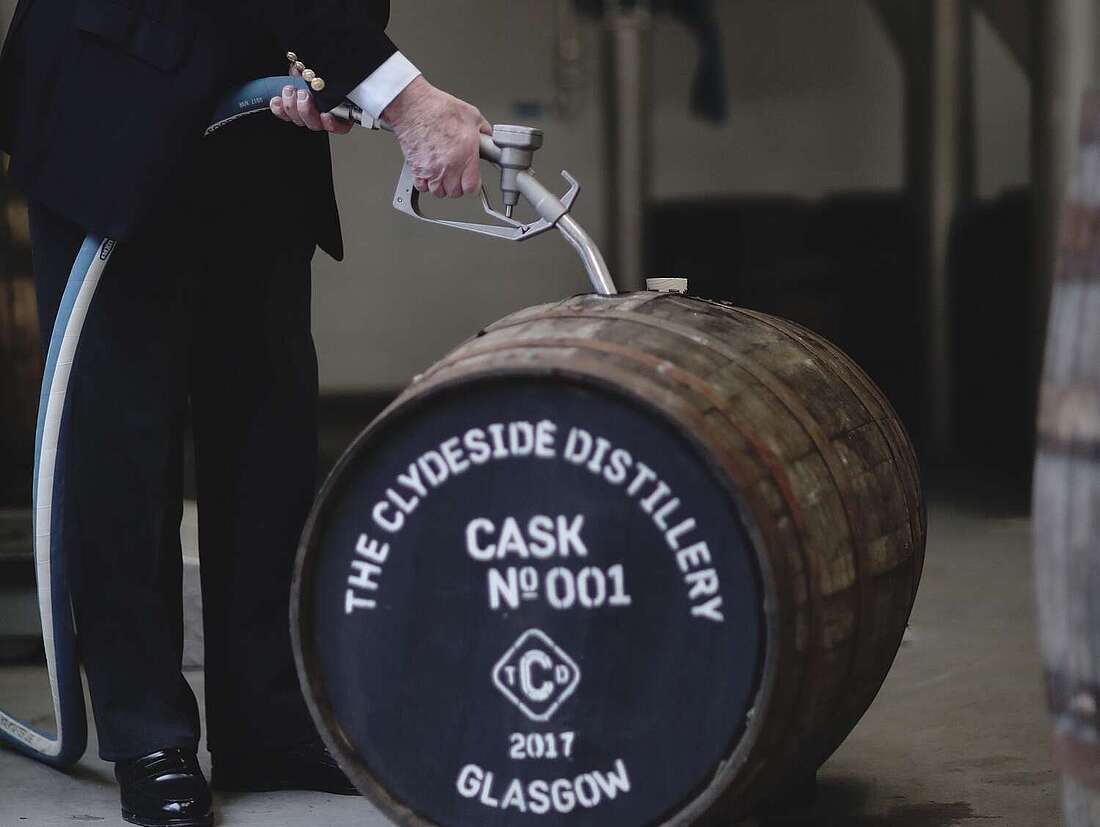

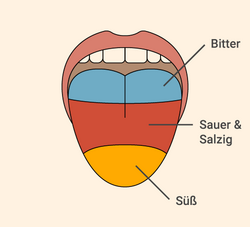
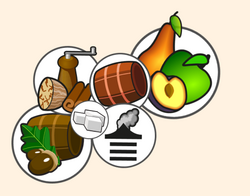
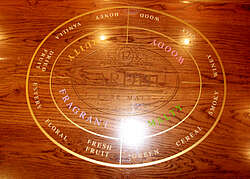






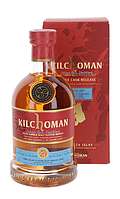
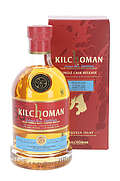
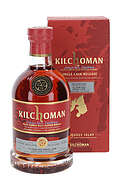
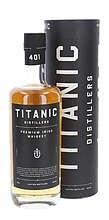
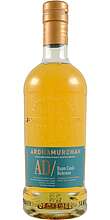



To comment, you must be logged in